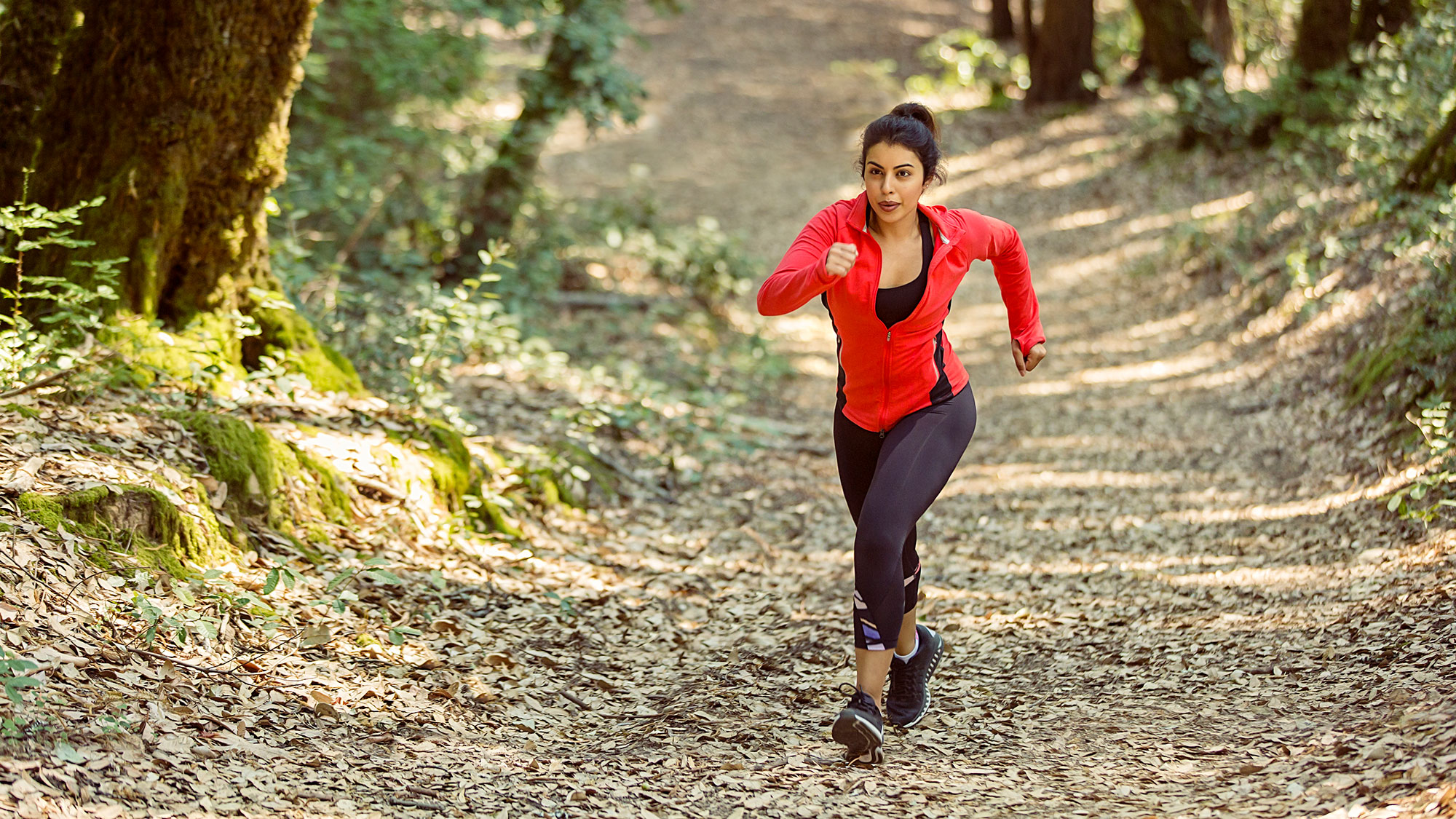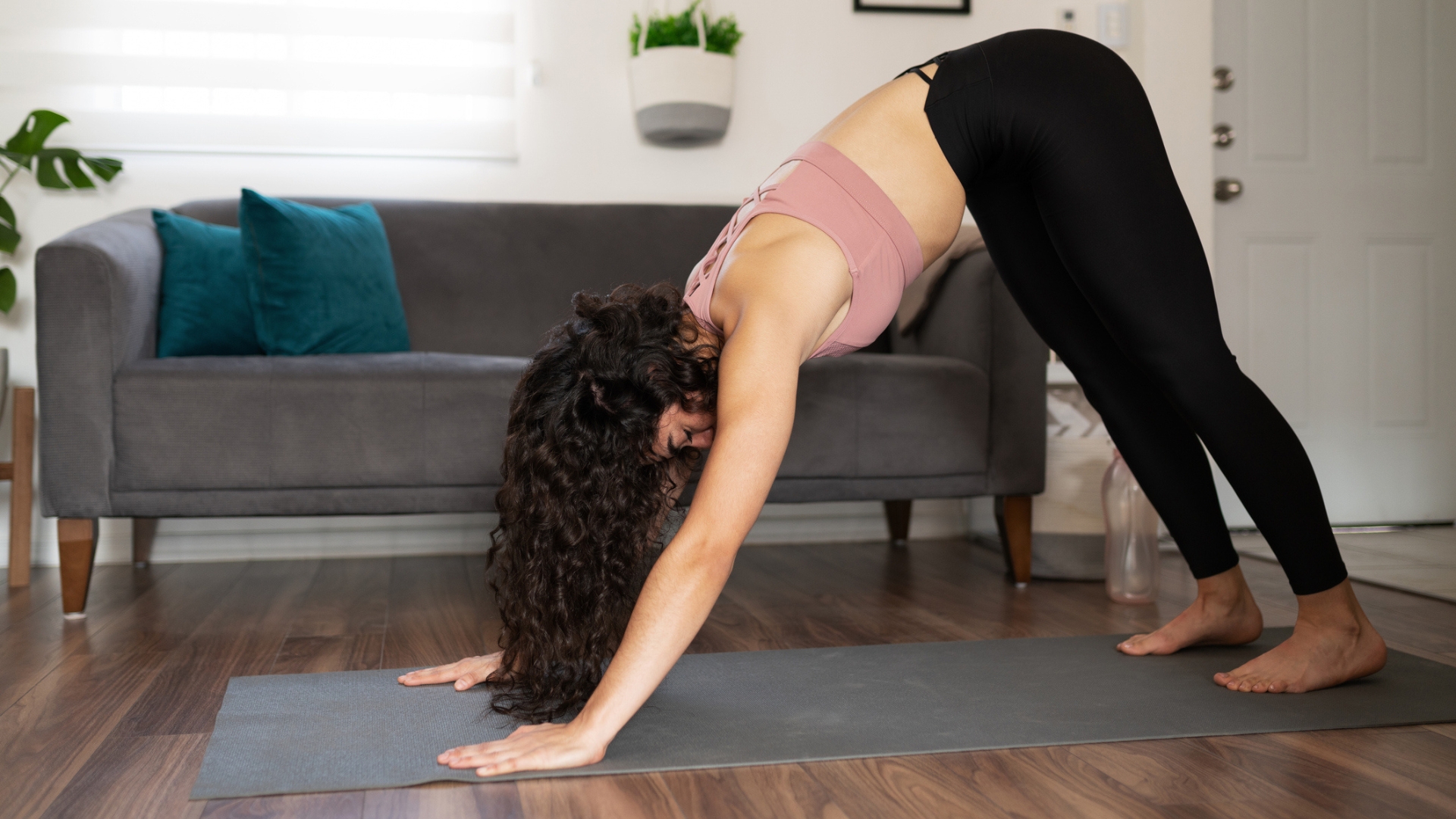Trail running tips: Expert advice to nail technique and clock a new PB
Increase your speed when you go off-road with these top trail running tips


These expert trail running tips will be useful for anyone who's taken to the trails only to find that it's not quite the same as 'regular' running.
Naturalist John Muir famously wrote “The mountains are calling and I must go,” and this call to the wild has been adopted by outdoors enthusiasts across the world.
Although you don't need much equipment, it does also require specialist footwear. Even if you own a pair of the best running shoes for men, they just won't cut it if they're designed for road running. Take a look at our pick of the best trail running shoes if you don't currently own a pair.
If you are one of many who have responded to the mountains’ call by running off-road, you might be struck by how different those dirt trails are compared to the smooth asphalt you are used to.
“Trail running is a different ball game to road running,” says Claire Maxted, journalist and author of The Ultimate Trail Running Handbook.
“If you’re a fast road runner it can be a shock to realise that, to start with, you can’t go quite as fast on the trail. There are more factors you have to consider with trail running compared to road.”
With road running, you can just lace up your shoes and go without having to think too much about what lies ahead. Meanwhile, trail running demands that you constantly assess the terrain ahead of you and attempt to pick the best line while stepping quickly over roots, rocks and other obstacles. As a result, getting fast on the trails takes practice.
Get the Fit&Well Newsletter
Start your week with achievable workout ideas, health tips and wellbeing advice in your inbox.
Below, Claire has shared her top five trail running tips to help boost your training and make you quicker, especially if you are new to the joys of running through forests and fields.
1. Look ahead
A key trail running tip is to look ahead, not down at your feet – especially when the terrain gets tricky. This helps you pick the best line to run through the obstacles ahead.
“You should aim to scan the ground 2 to 5 meters ahead of you,” says Claire. “As your eyes look ahead they send a message to your brain, and your brain remembers that message and will tell your feet where to go.”
Giving your brain the information it needs to process the path ahead means your feet can move faster and more confidently over whatever lies ahead.
2. Power-hike big climbs
“Basically, it’s walking fast, but it’s called ‘power hiking to’ make it sound a bit more sexy,” says Claire.
“The technique is to run uphill until you realise that people around you are walking just as fast as you're jogging, or your heart rate starts going through the roof and you're gasping for breath. At that point it becomes more efficient to walk, aka power hiking.”
The key is to not lean forward from the hips, as that can compress the lungs. “Try to lean forward from the ankles, and keep a straight torso if you can so that you can breathe properly.”
Some people put their hands on the top to their thighs or just above the knees, especially on very steep climbs, which is a technique fell runners use.
“It helps you power through the hike. But it does mean you have to lean over more, which adds to the lung compression. Ideally you’ll remain upright – using trekking or running poles helps you do that.”
3. Go off the beaten track
“If it starts to get really muddy on the path you’re running along, often you’ll find that to the left and right there are clumps or stretches of grass,” says Claire.
“Grass is much more grippy than mud.” In thick mud, even the grippiest trail shoes will slip and slide. Jump on the grass and see your speed instantly increase.
4. Pretend you're skiing
Facing a steep, rocky, scree-filled downhill? Claire recommends treating it like you’re skiing.
“Don't try to brake as you run down the slope – instead, go with the scree or loose rocks. Don't worry too much about the fact that you're moving with the rocks with each step – take quick steps so that you're not relying on one foot then the other for too long. Dance over the scree, and try to lean forward rather than back.”
If you can see the run-out (i.e. where you're going to exit the scree), you’ll find you will run fast while having a great time running down a steep scree slope, something you might never have thought possible.
5. Think like a gazelle
The final key tip is to think about weight distribution and not to neglect your arms.
“When you're running over any sort of tricky terrain, put your arms out for balance,” says Claire. “Relax the shoulders. A lot of beginners tense up and hunch over when they hit technical sections. Instead, aim to relax, taking short, quick steps and a short stride.”
Weight distribution is also crucial to help speed you up. “Think like a gazelle – never put too much weight on one foot when going downhill.”
Then switch off your brain, try not to think about slipping or falling over, put your legs in the driving seat and you’ll be at the bottom of the hill before you know it, a huge grin plastered on your face.
Howard is a freelance health and fitness journalist and copywriter. He has written for publications including ShortList, Runner’s World, Trail Running, Women’s Running, Red Bulletin, Wareable and Cycling Weekly. He enjoys nothing more than lacing up his trail shoes and heading out to explore new trails. He’s run ultramarathons everywhere from the French Alps and Canadian mountains to the Welsh coast and Peak District. When not running, he’s usually found hitting his local MTB singletrack trails or on a quest to find the country’s best cinnamon bun.
-
 A Pilates instructor says this is the beginner-friendly core exercise everyone should try
A Pilates instructor says this is the beginner-friendly core exercise everyone should tryForget crunches, this is the perfect foundation move
By Alice Porter Published
-
 Prevent poor posture and release tension from sitting down with these four simple stretches from a yoga instructor
Prevent poor posture and release tension from sitting down with these four simple stretches from a yoga instructorThe daily poses he swears by, no matter what
By Alice Porter Published